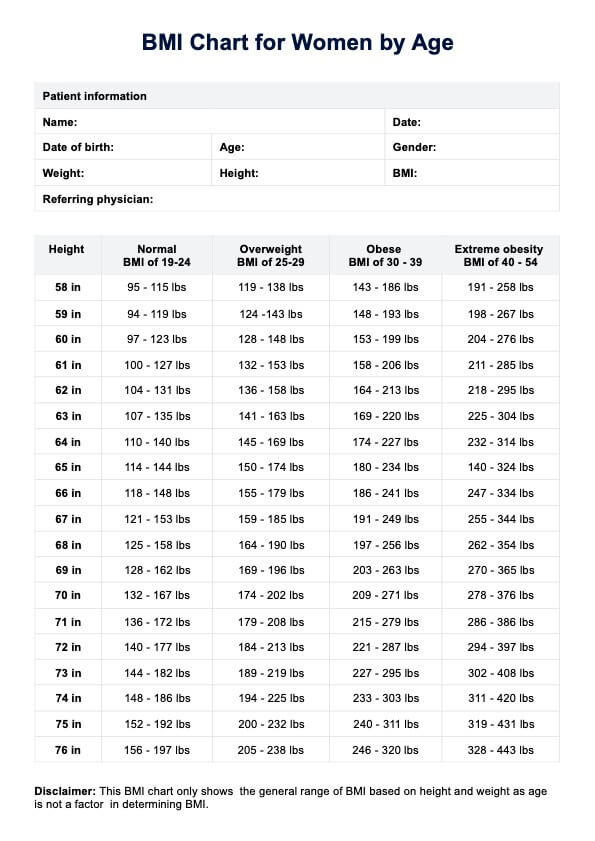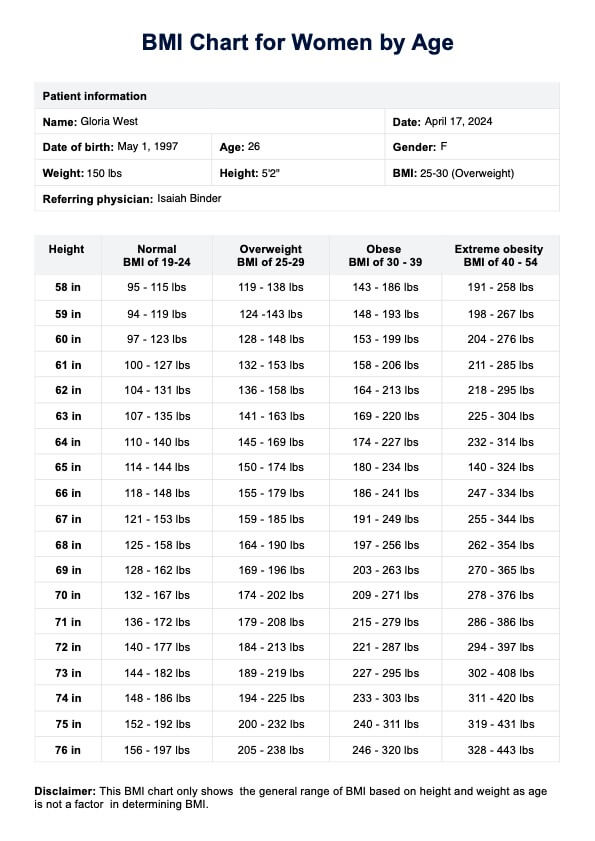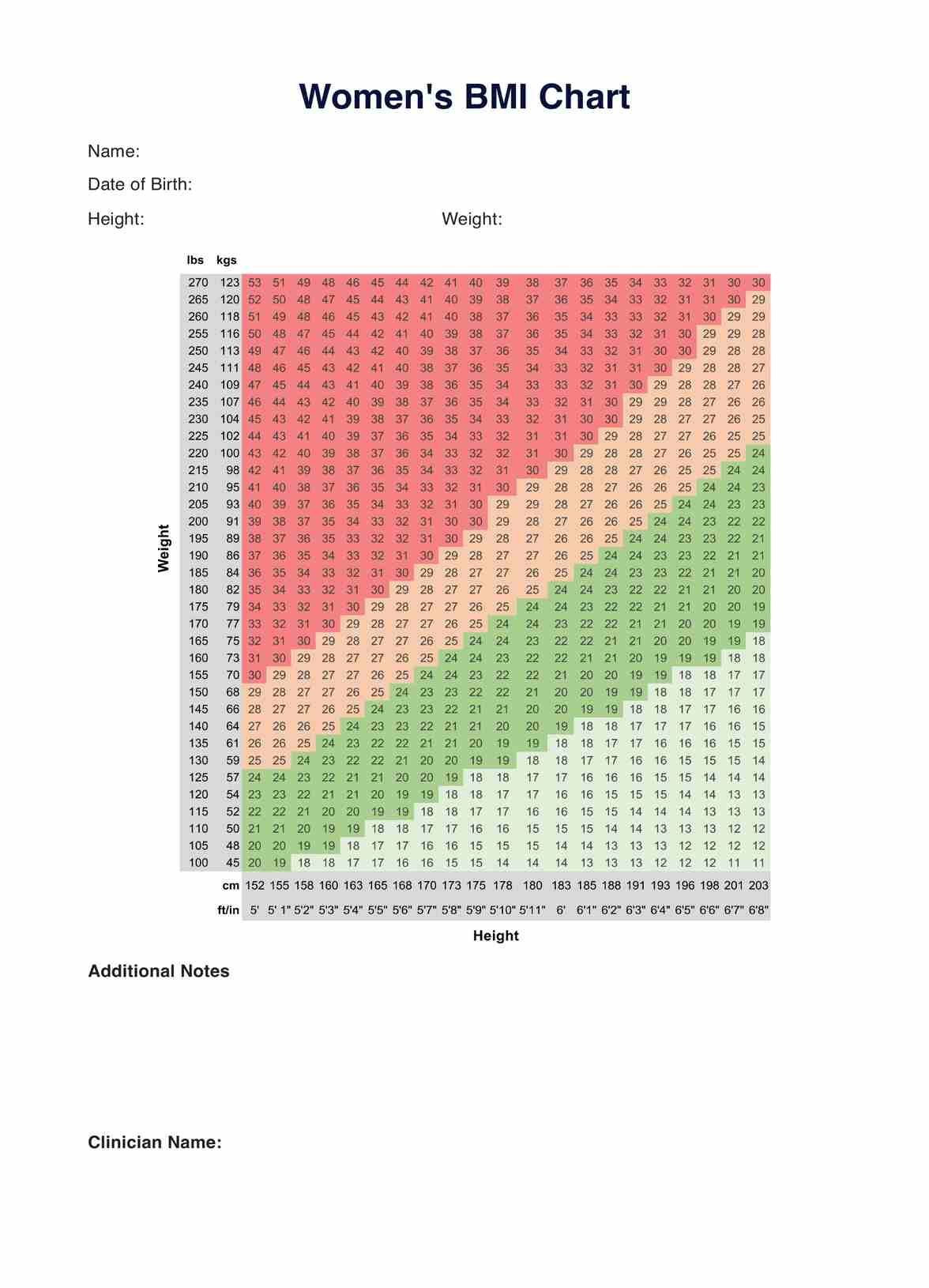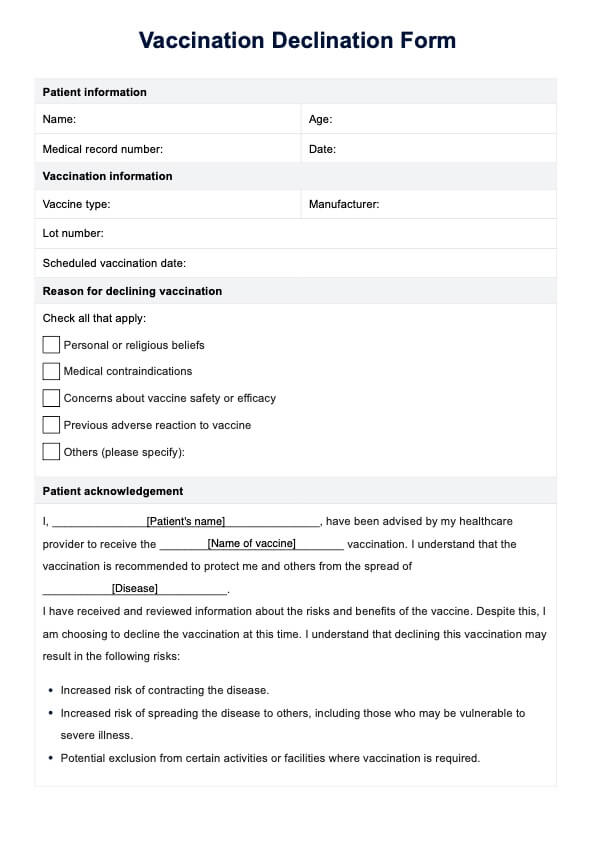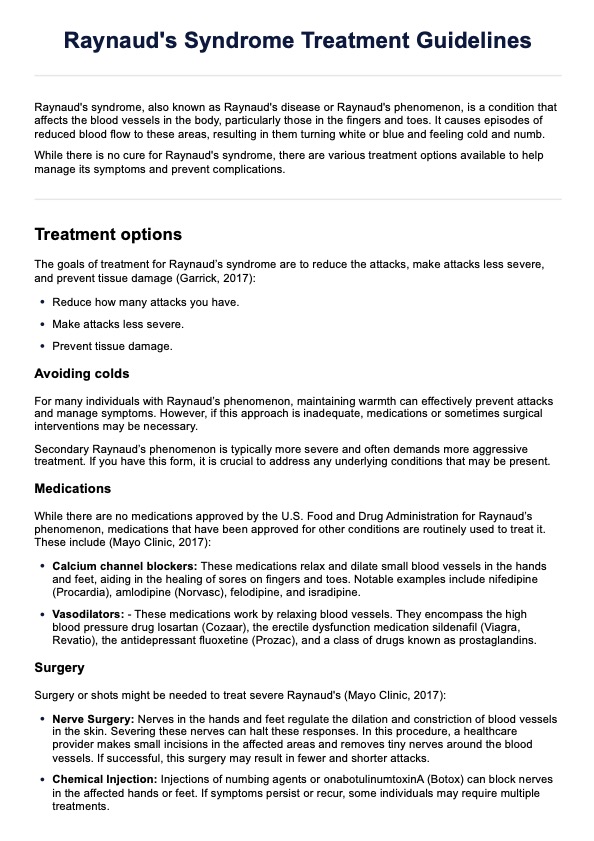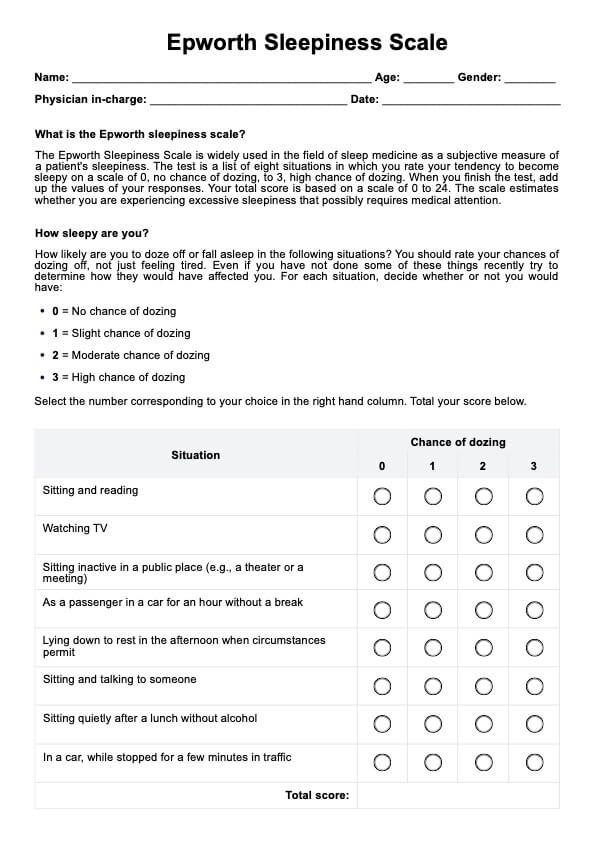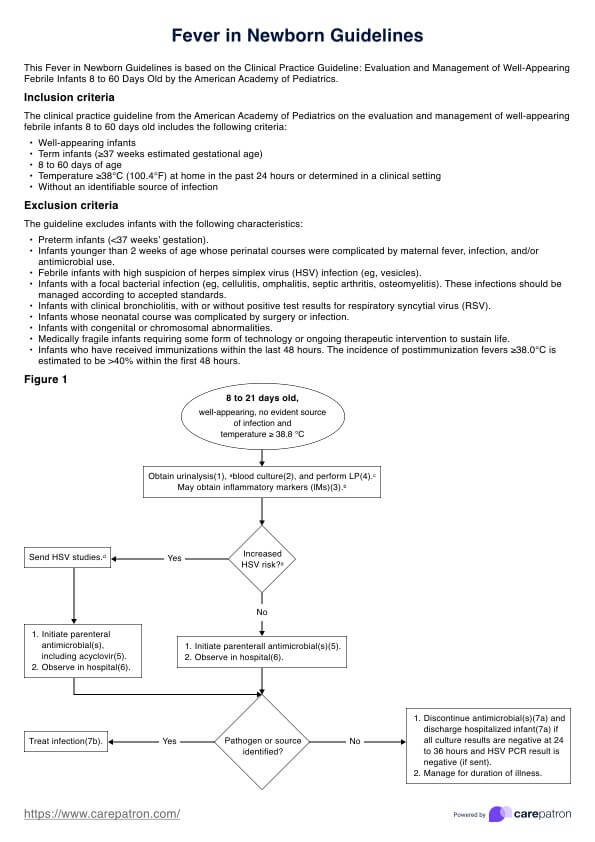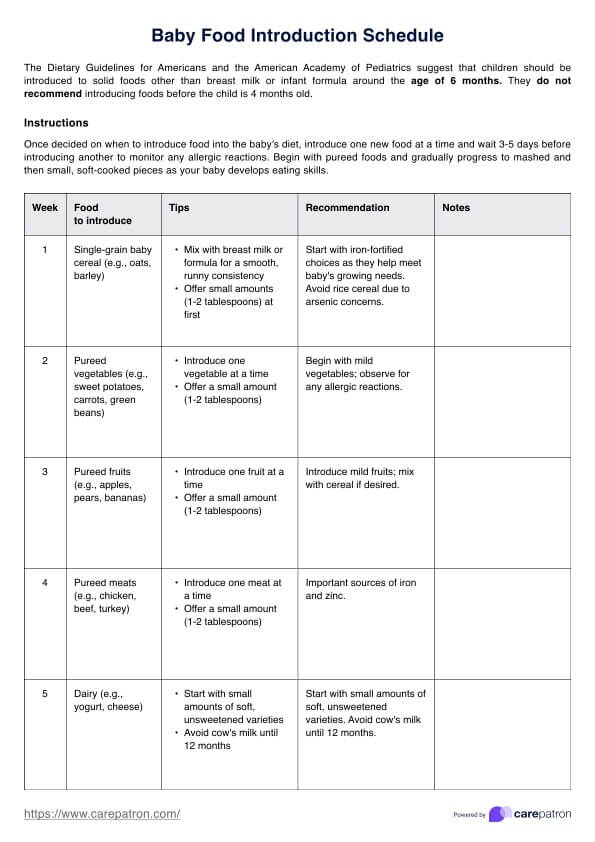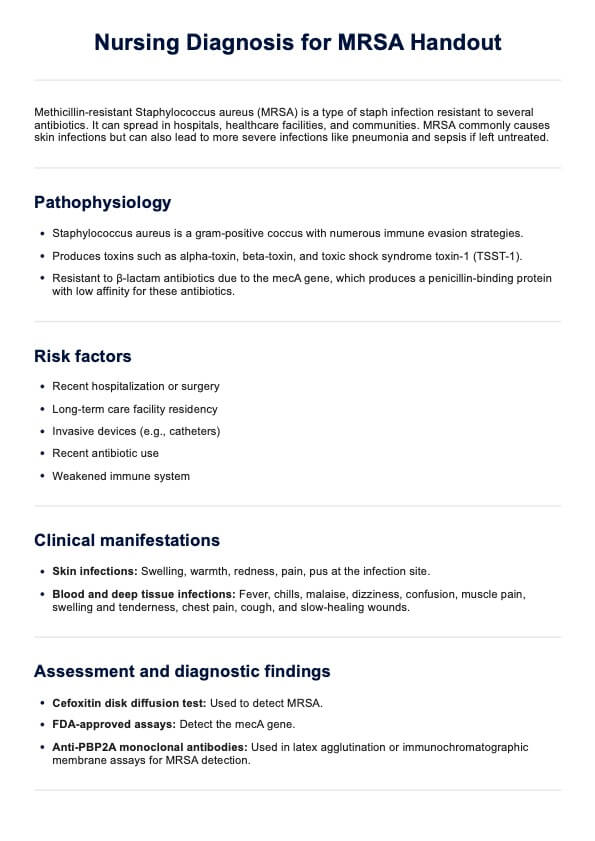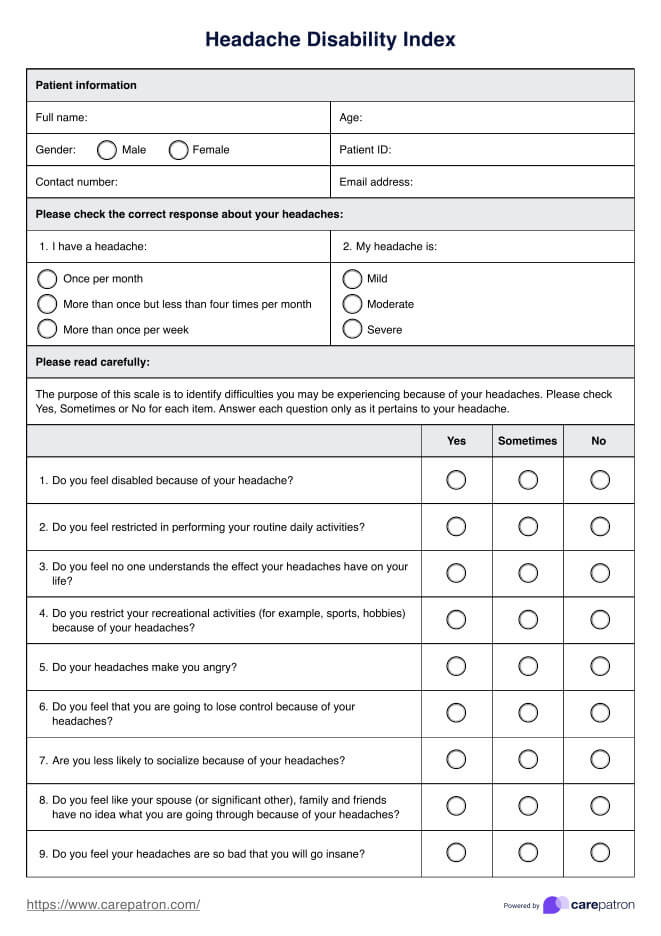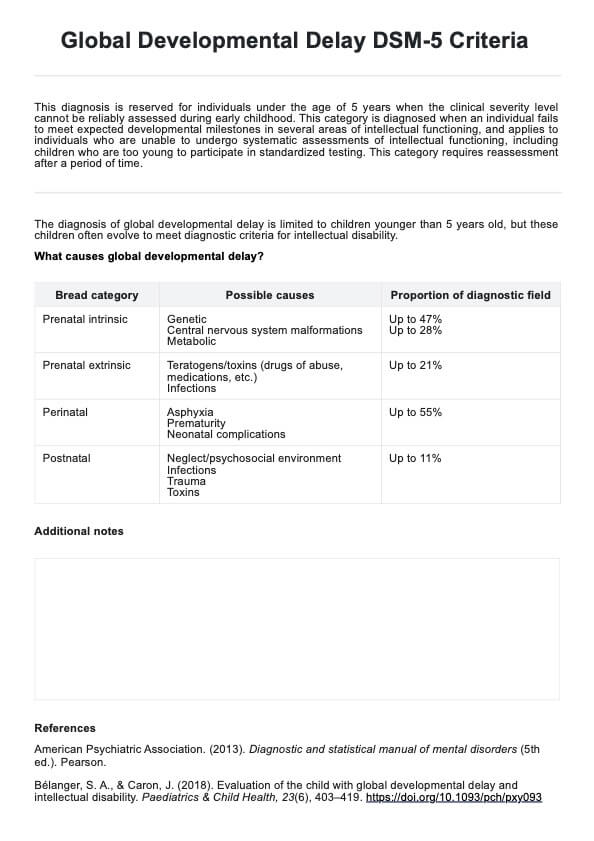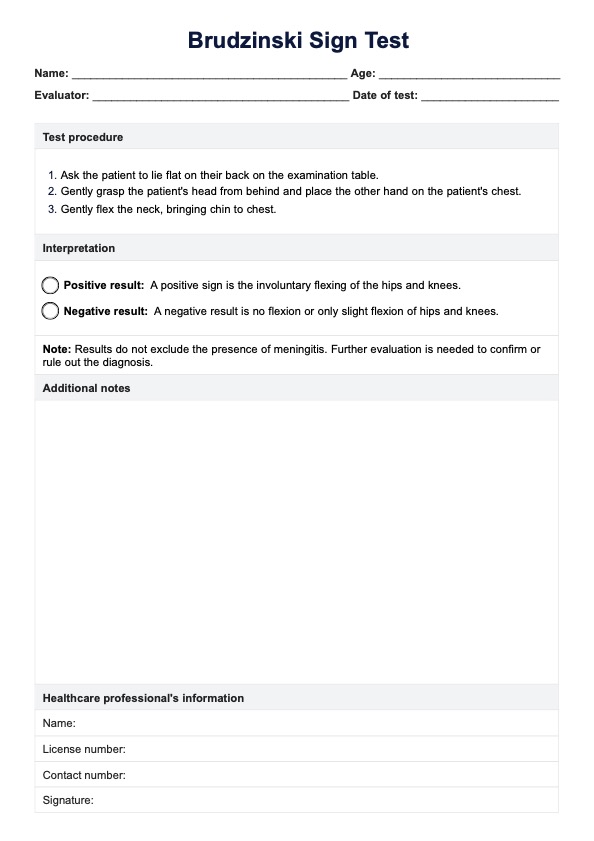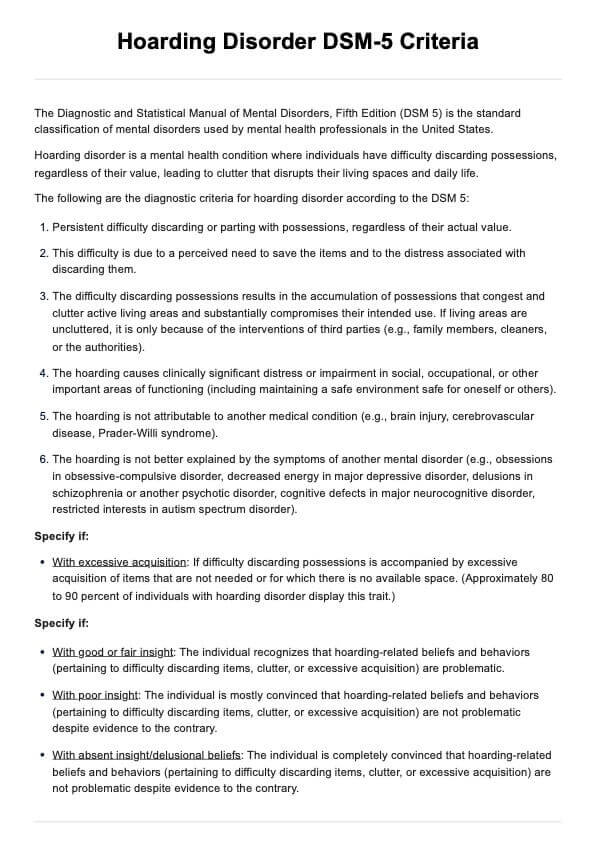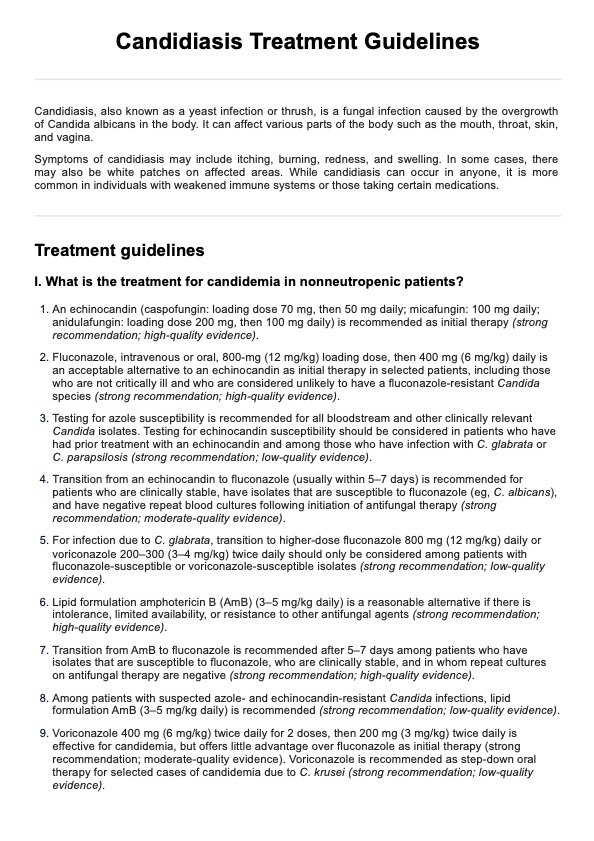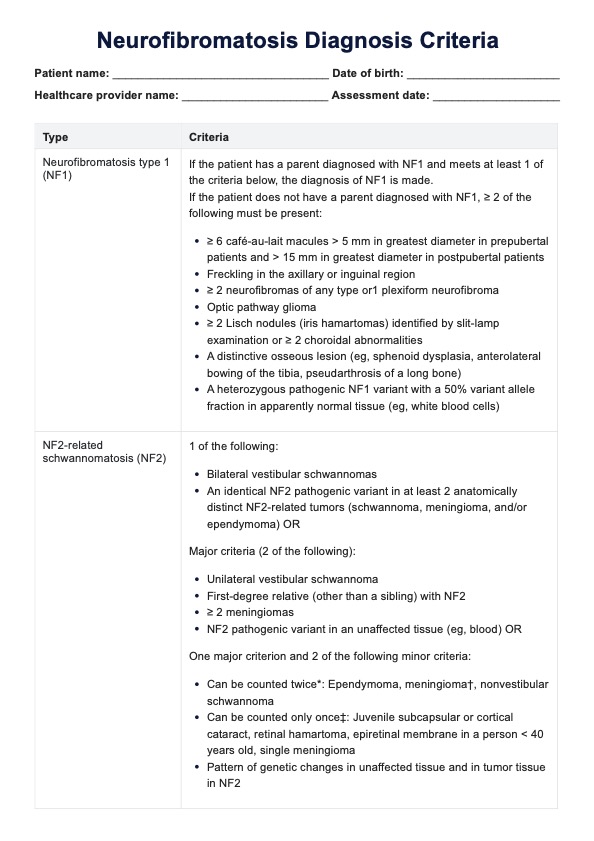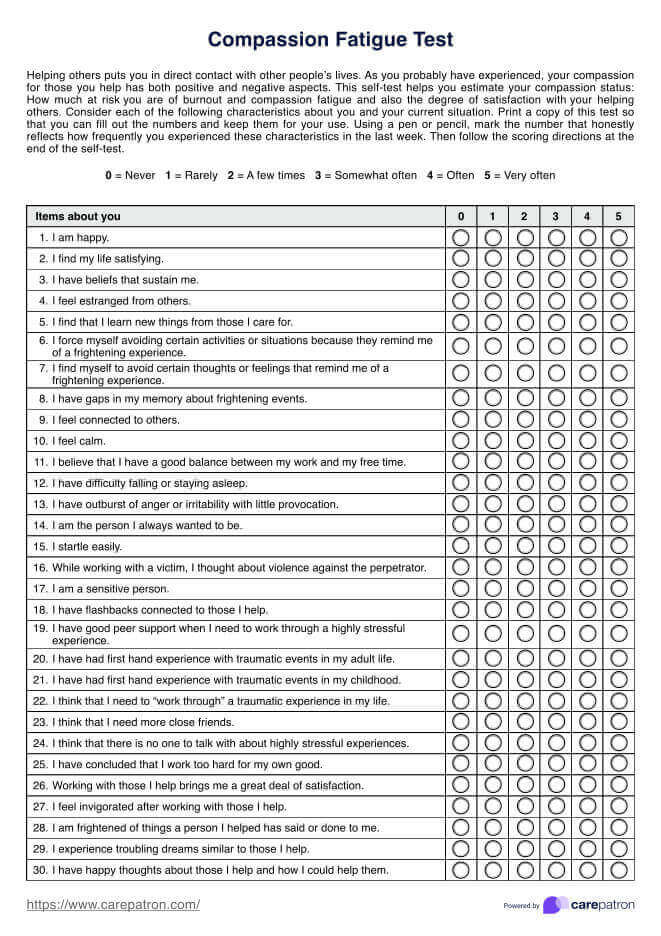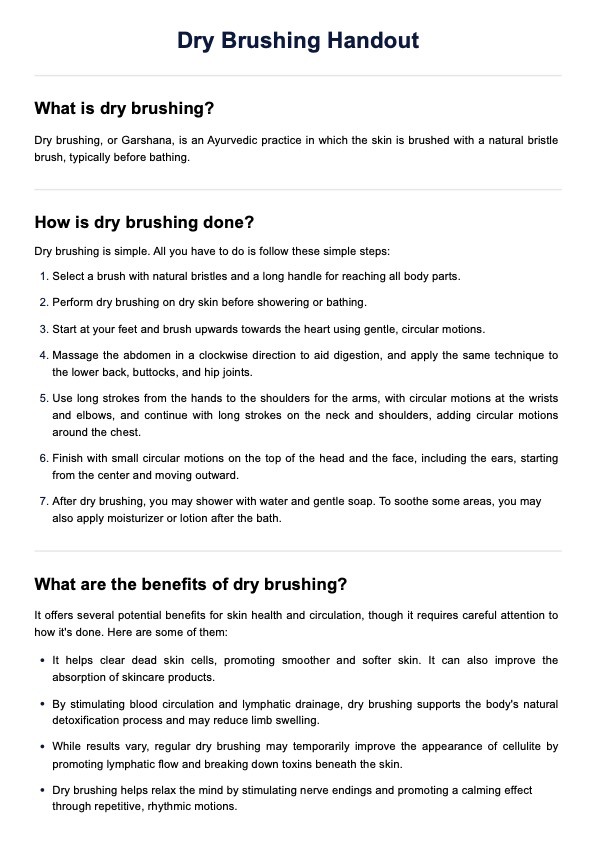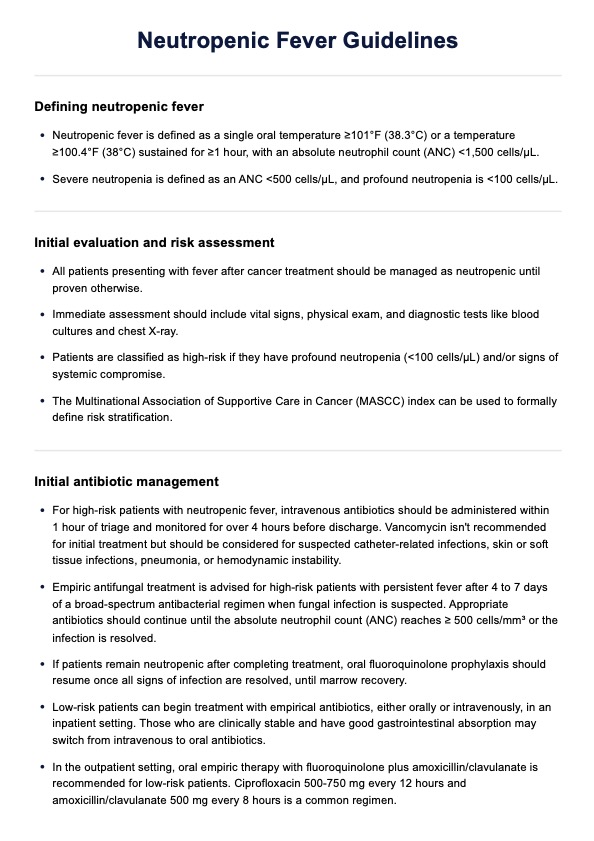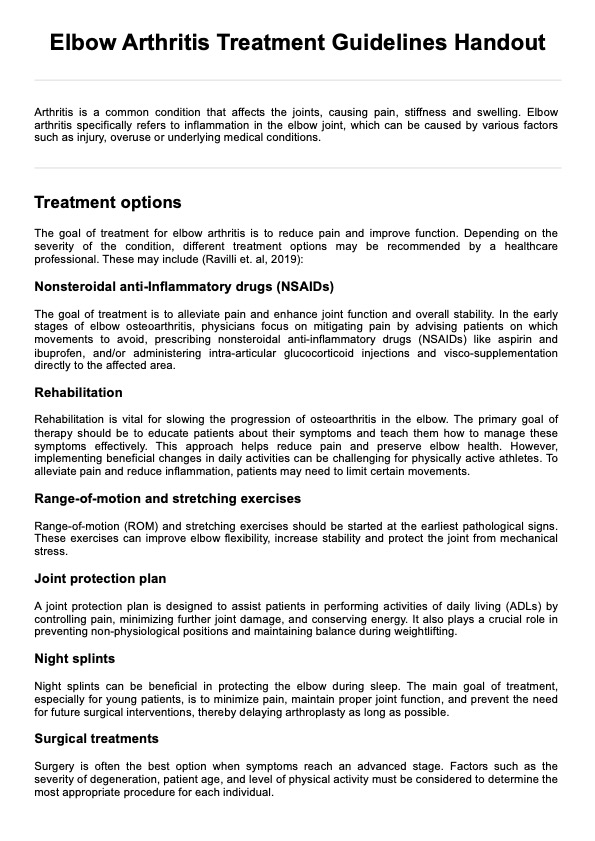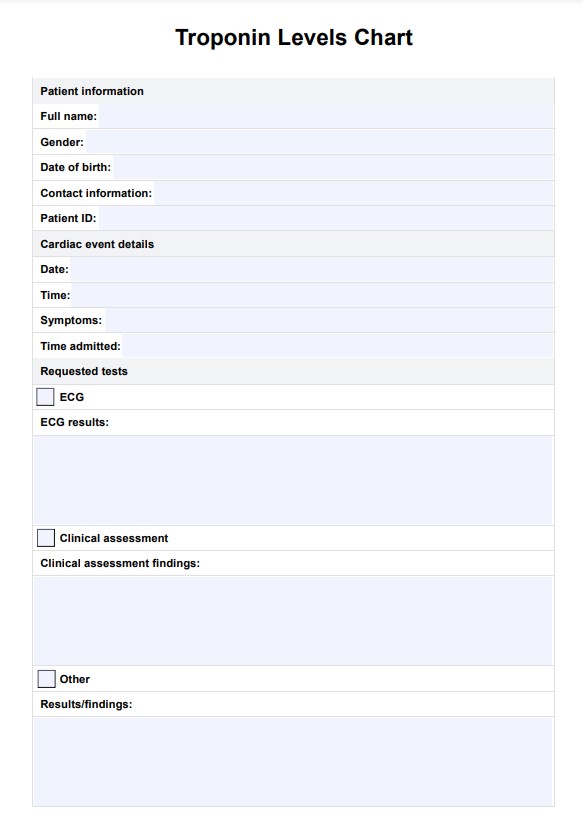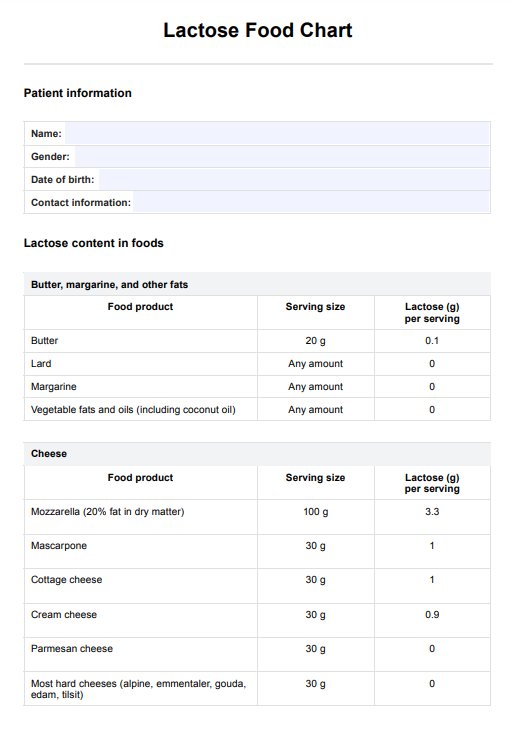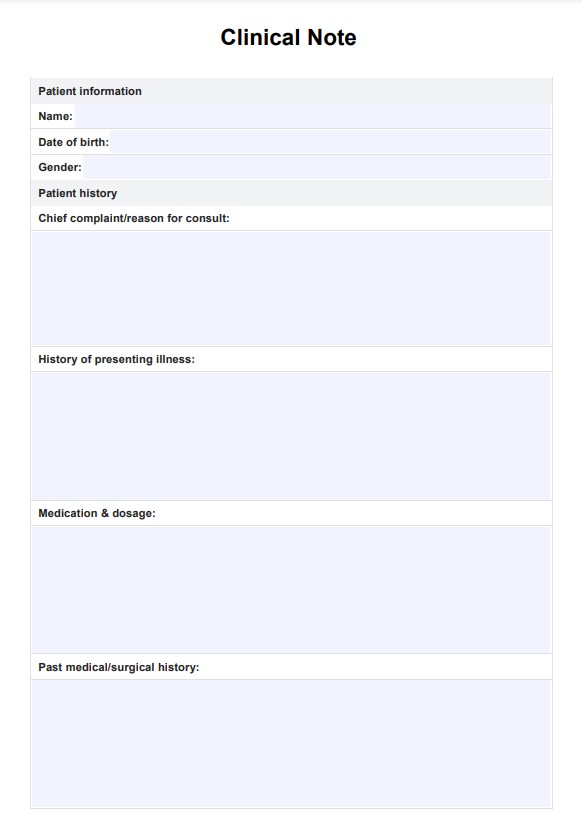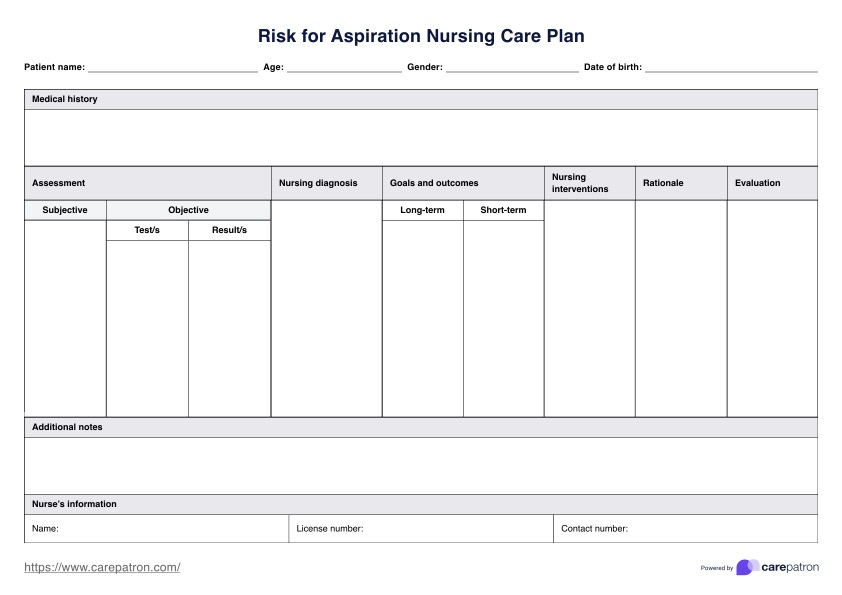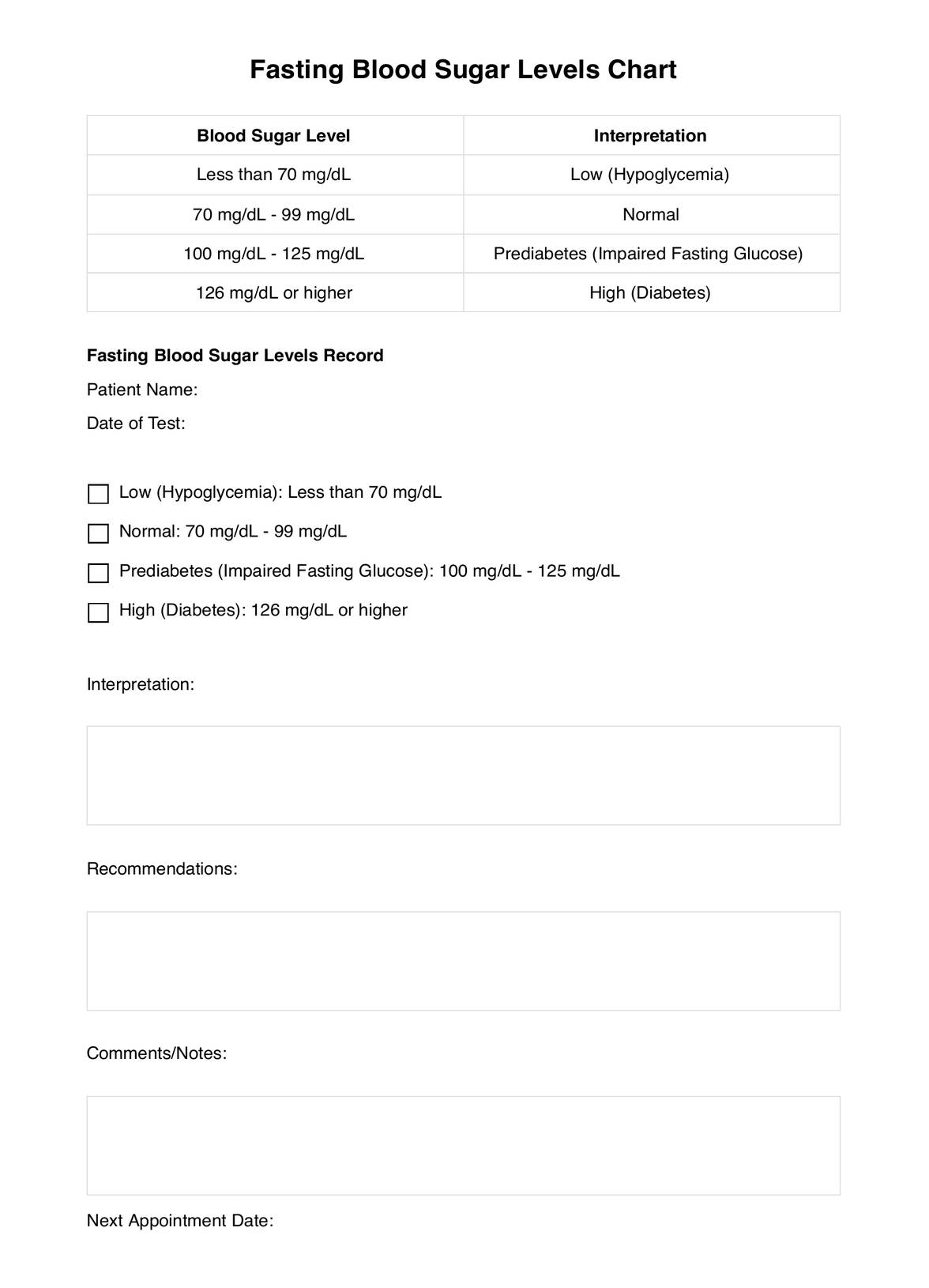BMI Chart for Women by Age
Use this body mass index (BMI) chart for women during consultations to guide your patients in making better decisions for their health.


What is body mass index (BMI)?
Body Mass Index, commonly known as BMI, is a numerical value derived from an individual's height and weight, serving as a fundamental tool to estimate body fatness and assess health risk. The calculation involves dividing a person's body weight in kilograms by the square of their height in meters, and the resulting value indicates their body mass index.
The World Health Organization (2010) generally considers a BMI range of 18.5 to 24.9 indicative of a healthy body weight for adults. Nevertheless, it is vital to acknowledge that various factors, including gender, ethnicity, and muscle mass, can influence these ranges.
In addition, age must also be considered because a separate chart is created for children and teens. As a result, the interpretation of BMI should be nuanced, considering each individual's unique characteristics, specifically for postmenopausal women.
These women might exhibit distinct challenges when assessed solely through BMI. One notable concern is the potential for higher body fat percentages and increased abdominal fat among postmenopausal women, even when their BMI falls within the healthy BMI ranges for a female.
This raises a critical issue: some may be categorized as having a healthy weight according to BMI, while in reality, they may harbor excess body fat, exposing them to a heightened risk of obesity-related diseases such as cardiovascular conditions and diabetes.
Given these nuances, a growing number of experts advocate for reconsidering BMI cutoffs for obesity in this group of women. Some propose alternative metrics like waist circumference, waist-to-hip ratio, or body fat percentage to reflect their health status accurately.
As a final note, BMI is not applicable during pregnancy, as the physiological changes associated with pregnancy can skew the accuracy of BMI measurements. Alternative methods and assessments are recommended for monitoring weight and health during this period.
BMI Chart for Women by Age Template
BMI Chart for Women by Age Example
How to use our BMI Chart for Women by Age
You can use the women's BMI chart by age or female BMI chart by age template to assess and monitor your patient's weight status relative to their height, age, and overall health. To make the most out of the template, here's a step-by-step guide on how you may use it.
Step 1: Calculate BMI
You can start by collecting patient data needed to calculate BMI, such as the weight and height. Afterward, use the following formula: weight in kilograms (kg) divided by height in meters (m) squared. Alternatively, you can use a body mass index calculator or BMI calculator instead.
Step 2: Compare the calculated BMI with the chart
Next, identify the calculated BMI value on the chart. A healthy weight range for a patient's height falls within the healthy BMI range of 19-24. Anything higher may indicate that the patient is overweight, obese, or extremely obese.
Step 3: Assess the patient's overall health
Before discussing the results, you should assess the patient's overall health since BMI does not include crucial factors like the adult's age, ethnicity, muscle mass, body fat distribution, family history, and personal health risks.
Step 4: Discuss results with the patient
At this point, you can discuss the BMI results alongside your findings based on their overall health. You may also discuss any potential health risks, recommend further tests, and recommend appropriate initial next steps. Afterward, set a follow-up to discuss the results of the additional tests or progress based on your recommendations.
Risks associated with being over or under the normal weight category
Even though BMI cannot be the sole basis of a diagnosis of being overweight or underweight, should the results, in addition to other health indicators, show that the patient is at risk of going way below or above, it's best to let them know the risks their current condition has.
Risks associated with being overweight
Carrying excess weight, leading to overweight or obesity, poses substantial risks to both physical and mental well-being. Understanding these potential consequences is crucial for individuals aiming to prioritize their health.
Here are some of the significant risks associated with being overweight:
- Elevated risk of developing type 2 diabetes
- Being more susceptible to various heart-related issues like high blood pressure
- Increases the risk of stroke
- Contribute to sleep apnea
- Can lead to liver disease
- Raises the risk of gallbladder disease
- Can increase the risk of various cancers
- Encounter fertility challenges
- Elevated risk of complications during pregnancy
- Has profound effects on mental health, increasing the risk of depression
Risks associated with being underweight
Maintaining a healthy weight is crucial for overall well-being, and being underweight can pose significant risks to various aspects of health. Understanding these potential consequences is vital for individuals striving to achieve and sustain a balanced weight.
Here are some of the risks associated with being underweight:
- Increased risk of malnutrition, anemia, and vitamin deficiencies
- Leads to reduced bone density, increasing the risk of osteoporosis
- Decreased muscle strength
- Susceptible to hypothermia
- Face fertility challenges
- Experience growth and development issues
Limitations of BMI
Understanding the constraints of this screening tool is crucial for a more nuanced and accurate assessment of a person's health. Here are some noteworthy limitations associated with BMI (National Academies of Sciences et al., 2023):
It does not account for muscle mass
One of BMI's fundamental limitations is its inability to differentiate between muscle and fat. Individuals with a high percentage of muscle mass, such as athletes, may register a high BMI despite not being overweight or obese.
It does not account for bone density
BMI overlooks variations in bone density, meaning that individuals with larger frames or denser bones may exhibit a high BMI without having excess body fat levels.
It does not account for age and sex
BMI fails to adjust for the changes in body composition accompanying aging, including muscle loss and fat gain. Additionally, it does not acknowledge the differences in body fat distribution and health risks between men and women.
It does not account for ethnicity
The validity of BMI may differ among various ethnic groups due to differences in body proportions, muscle mass, bone mass, and fat distribution. Consequently, some ethnic groups may face higher or lower health risks at the same BMI level.
It does not account for body fat location
BMI provides no information about where the body fat is stored, nor can it measure body fat, which is critical as fat distribution can impact the risk of various diseases. For instance, visceral fat around the waist and belly fat is more harmful than subcutaneous fat under the skin.
Relies on self-reported data
BMI calculations often rely on self-reported height and weight, introducing a potential source of inaccuracy. People may inaccurately report their height or weight, leading to classification errors in BMI.
Considering these limitations, it is essential to approach BMI cautiously and supplement its findings with other health indicators. Incorporating additional measurements, such as waist circumference, blood pressure, blood sugar levels, cholesterol levels, and physical activity assessments, offers a more comprehensive understanding of an individual's health status.
References
National Academies of Sciences, E., Division, H. and M., Board, F. and N., Solutions, R. on O., & Callahan, E. A. (2023, July 31). The science, strengths, and limitations of body mass index. Www.ncbi.nlm.nih.gov; National Academies Press (US). https://www.ncbi.nlm.nih.gov/books/NBK594362/
World Health Organization. (2010, May 6). A healthy lifestyle - WHO recommendations. https://www.who.int/europe/news-room/fact-sheets/item/a-healthy-lifestyle---who-recommendations
Commonly asked questions
A healthy BMI for women ranges from 18.5 to 24.9, similar to that for men. However, it is essential to note that a healthy BMI isn't the sole indicator of good health. The healthcare provider must consider other factors when assessing their patient's health.
General practitioners and their female patients are the ones who often use a BMI chart for women as a resource.
A BMI of 34 can be categorized as Class 1 obese. It's only when the patient has a BMI of 40+ that one can consider them as morbidly obese.


